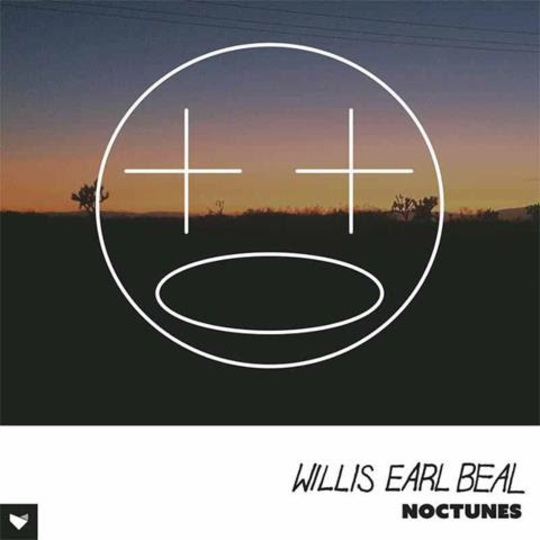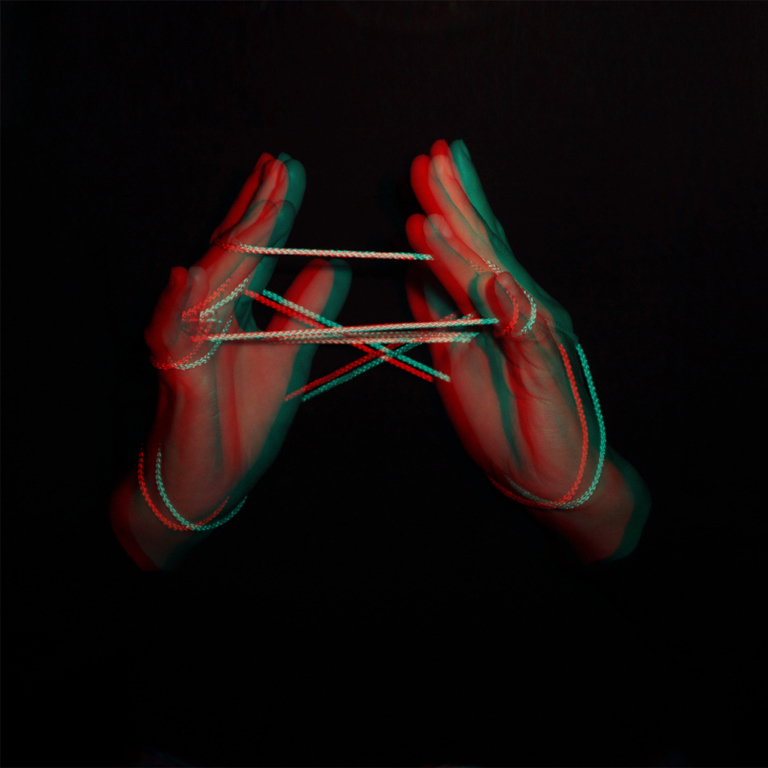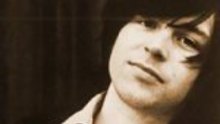My former landlord has many questionable treasures in his house – marbled books, old movie photos, Pylon gig posters. So for many months, I never minded the battered tin plate propped against the couch – it looked like a kid had painted the front, as there was a red horned stick figure, a boxy cow, and a yellow sun all in a row against a white and green background. Over a year after I moved in, he told me that a New York art snob would’ve paid hundreds for it. For this, he explained, was a work from Howard Finster, a Baptist minister and self-taught visionary from Georgia that built a monstrous four-acre metropolis of junk, painted tens of thousands of pieces, and drew that funky Little Creatures cover art for the Talking Heads (among many others).
In the art world, Finster was whatcha call an 'outsider artist', someone who never learned the rules of the trade and didn’t align with any movement or scene. Now Willis Earl Beal seems to fashion himself as a sort of misfit, shunning the rickety blues that made his name and holding fast to his 'Nobody' moniker. Mind, even in his last LP, the bloke never fit the soul man mold that his promoters casted for him – in spite of his rich trebly voice, he didn’t quite sizzle, dazzle or seduce in an easily packaged way (read: Vintage Trouble). But with Nocturnes Beal drifts further from his southern gothic persona, ditching the slide guitars and punchy drama for a distant synth ether.
Now. You might marvel at this inchoate realm when you first dip in, as the clearly synthetic, pseudo-cosmic chords of simple tracks like 'Start Over' and 'Flying So Low' linger and hang over your head, like stars in the sky so tiny you’ve got to squint to see ‘em. Indeed, you might find the oft-repeated phrases and elementary melodies 'naïve', 'childish', maybe even 'mystic'. Me, I don’t mind the squinting, but I hear these faded echoes from the twinkling pitch and suspect that Beal’s really just trying to cop Lonnie Holley.
Compare: the longest track on Nocturnes, 'Lust', is six minutes and 47 seconds long – and in that span of time, gliding on a pearly warbling synth and a gossamer acoustic guitar, Beal posits himself as a victim of his own fleshy desires: “oh, lust, won’t you leave me alone”. And in the next longest one, 'Stay', he pines for his lady to, well, stay, for “forever and eternity”. Huh. And then the next track after that is called 'Say the Words' …and you see where we’re going here? As starry and vast as the environs may seem, Beal ponders about little more than himself and his romantic insecurities.
In contrast: on Just Before Music, there’s a 13-minute song called “The End of the Film Era” where Holley traverses decades across a single pearly warbly chord, one that bends and warps at its own will, and a rolling film reel. And then there’s one called 'Planet Earth And Otherwheres'” that’s twice as long and spans light years. It’s the same pseudo-cosmic, clearly synthetic tones, but even less shaped – Beal at least progresses the chords, as a proper musician usually does. Holley lets them drone, and tickles the keys so the sounds flutter like dust motes.
That all said, Nocturnes comes off as a monochrome drag. With Holley I can fly; with Beal, I’m just stranded in space. Still, there are highlights: 'Like a Box' breaks the monotony with its brisk pulse and circling cymbals; 'Say the Words' swings in on a jazzy ¾ that swills the icy mood rather nicely; and “Survive” does get a lil saucy with some tinny tapped drums and one mighty refrain from Beal at the end. But the faintly trickling sounds in that last one sound verbatim like the chaotic ones in another Holley song – it’s called 'Six Space Shuttles and 144,000 Elephants'.
Let’s conclude this way. I admire Beal for trying to shake his pursuers off track. I don’t deny that he’s been on the fringe. But Nocturnes isn’t the work of a 'Nobody' – it’s the careful plot of a man who only leads us further into himself.
-
6Lee Adcock's Score























